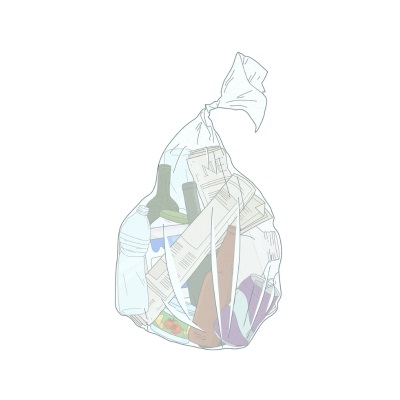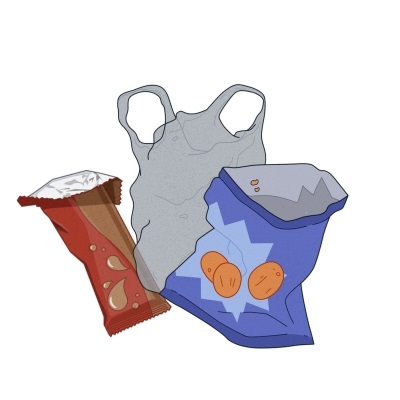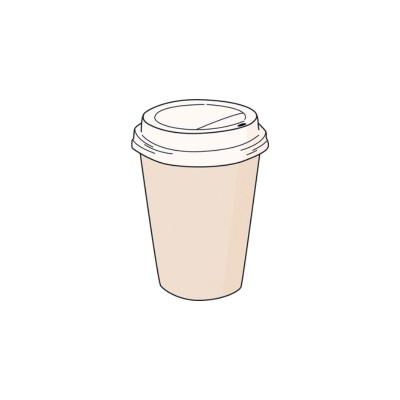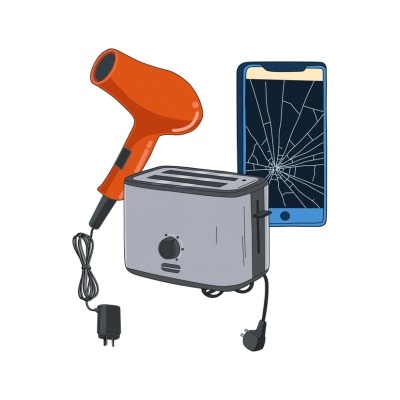
The "Let's Get it Sorted" campaign aims to help the community improve their recycling habits, and is supported by the Queensland Government’s Recycling and Jobs Fund.



In Logan, approximately 5,000 tonnes of recyclable material were lost in general waste bins in 2023/2024, highlighting a crucial need for better recycling practices.
Recycling is a powerful way to make a positive impact on our environment and secure a sustainable future for generations to come. By adhering to simple recycling rules, we can conserve precious natural resources, cut down on greenhouse gas emissions, and reduce the strain on our landfills.
Let’s get it sorted, Logan!
Did you know that when these items are placed in your yellow lid bin it may mean your recycling goes to landfill? Some items can also damage the sorting machines and create safety problems for workers.
| Item |
What to do |
|
Recyclables in plastic bags
Plastic bags and bin liners

|
- Do not bag your recyclables.
- Recyclables in plastic bags cause contamination and may lead to recyclable materials being sent to landfill.
- Keep your recyclables loose.
|
|
Soft plastics
Food wrappers and plastic film

|
- If you can scrunch it in your hands, then it's soft plastic.
- Currently, Queenslanders don’t have access to soft plastic recycling via supermarket retailers. Put soft plastics in the general waste bin.
- Try to reduce your plastic usage or avoid them altogether.
|
|
Coffee cups and lids
Coffee cups and lids, disposable paper cups, fast food takeaway cups

|
- Coffee cups are typically made of paper with a thin plastic lining (usually polyethylene) to make them waterproof. This combination of materials makes it difficult for recycling.
- Place coffee cups and lids in your general waste bin (red or dark green lid).
|
|
Food or garden waste
Fruits and vegetables, food leftovers, grass clippings, tree and shrub pruning

|
- Garden waste can't go in the yellow lid bin and should be placed in your garden waste bin (lime green lid).
- If you don't have a green waste bin, you can drop garden waste off for free at Council's waste and recycling facilities or place it in your general waste bin (red or dark green lid).
- Food waste can't go in the yellow lid bin and should be placed in your general waste bin (red or dark green lid) or in a composting bin or worm farm system.
|
|
Clothes and textiles
Clothes, shoes, bedding, towels,
tablecloths, rugs and carpet

|
- Try selling or donating unwanted clothes, repurposing old clothes and textiles into cleaning rags, or donating old towels to your local animal shelter or hospital.
- You can donate clothes and textiles in good condition to the Logan Recycling Market. Drop these off for free at any of Council's waste and recycling facilities.
|
|
Batteries and hazardous waste
Batteries, paint and chemicals, gas bottles, asbestos

|
|
|
E-waste
Mobile phones, computers, TVs, home appliances, cables and chargers, gaming consoles

|
- Never put e-waste or mobile phones in the bin. E-waste can contain toxic and hazardous materials that can cause fires.
- You can deposit any electronic item that uses a battery or has a cord at all Council’s waste and recycling facilities.
|
|
Rigid plastics
Old toys, kitchenware, plant pots and materials like PVC piping

|
- Items around your home made of hard/rigid plastic, that are not plastic bottles and containers, can't be recycled through your yellow lid bin.
- You can donate items that are in good condition to the Logan Recycling Market. Drop these off for free at any of Council’s waste and recycling facilities.
- Items that are not resalable can be disposed of in your general waste bin (red or dark green lid).
|